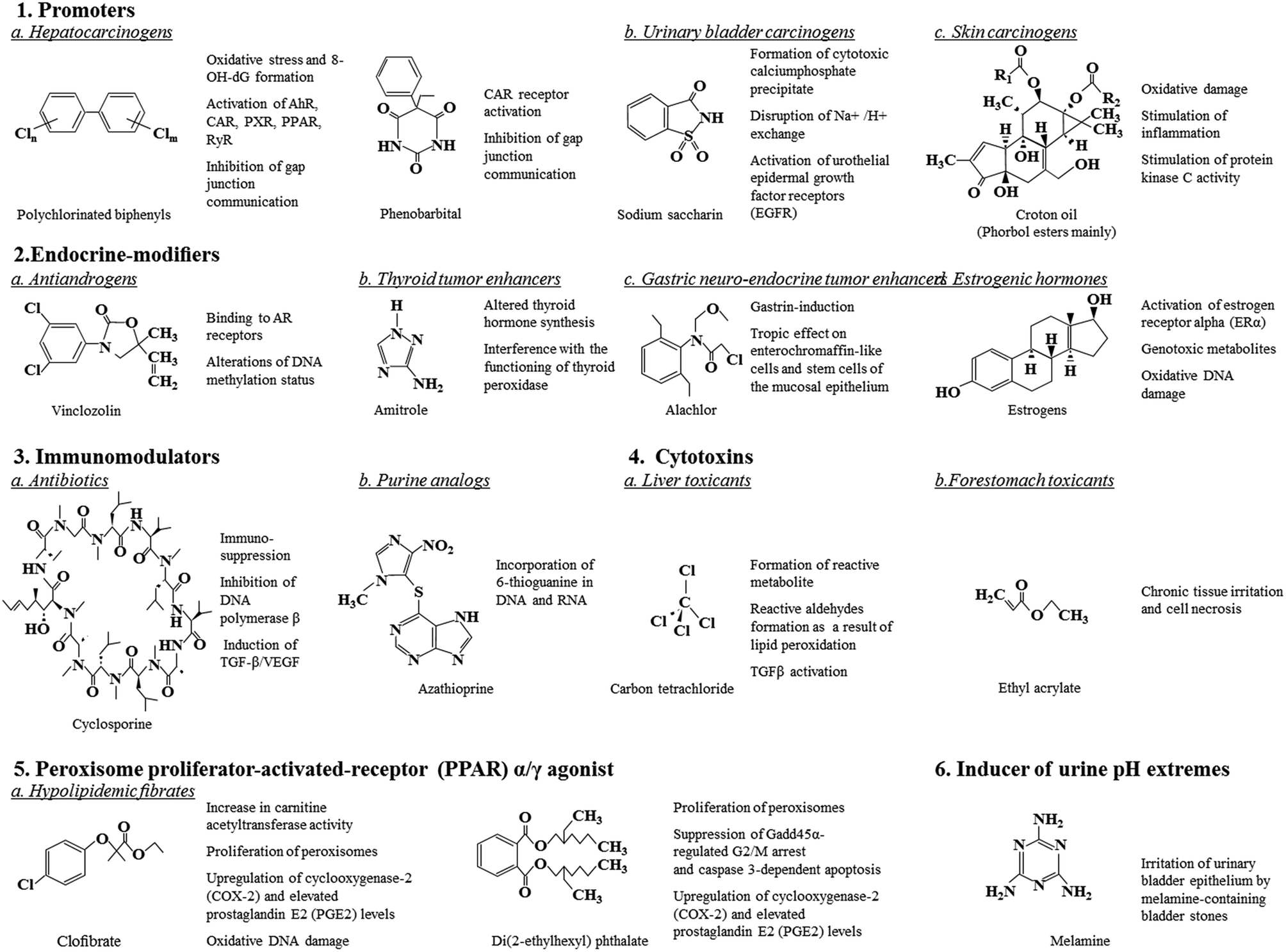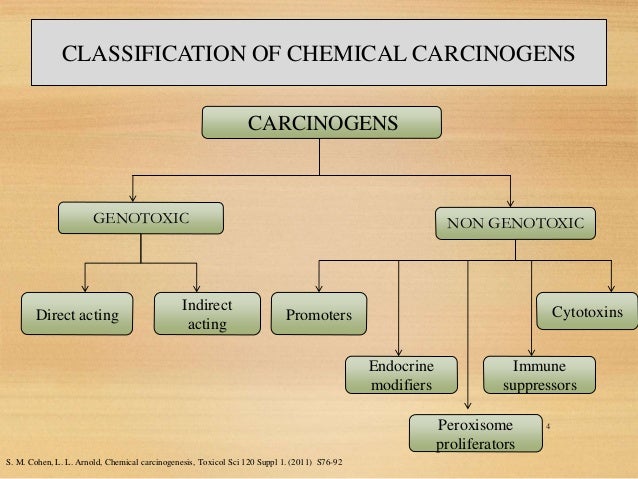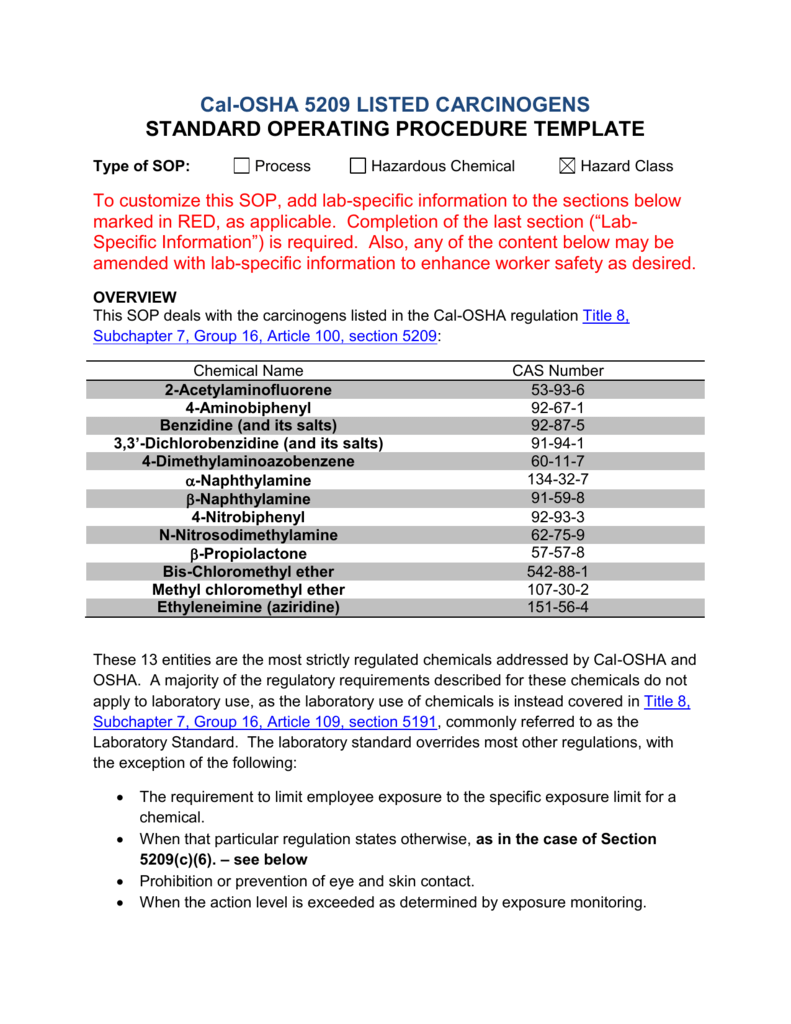4 Carcinogens
Carcinogens identified in cigarette smoke include PAHs, azaarenes, which are PAHs containing a nitrogen in the ring system, nitrosamines, aromatic amines, aldehydes, miscellaneous organic compounds such as benzene, 1-3-butadiene acrylonitrile, vinyl chloride, 2-nitropropane and ethyl carbamate, and inorganic compounds such as hydrazine and various metals (Hoffmann and Hecht 1990). Group 2B Due to lack of much evidence, these carcinogens have a relatively low risk of causing cancer in humans but it is still safer to avoid them. Group 3 These carcinogens do not classify as cancer-causing sources in humans. Group 4 The carcinogenic foods with group 4 carcinogens are much less likely to cause cancer.
By the end of 2010, an estimated 569,490 Americans will have died from cancer. That's more than 1,500 people every day, and 1 out of every 4 deaths in this country [source: American Cancer Society]. So what is giving cancer such a push?
Well, as it turns out, in addition to cancer being hereditary, external factors are at play. For example, about 171,000 of this year's cancer deaths are believed to be caused by tobacco use [source: American Cancer Society]. How is it that external factors like tobacco use can have such a heavy hand in our cancer rates? It all comes down to carcinogens -- cancer-causing agents, like pollutants in the air, ultraviolet (UV) rays and viruses. How and why do carcinogens give cancer the upper hand?
Plus what being a carcinogen actually means. 'It's important to understand that when a food is classified as a carcinogen, this is an indication of how strong the evidence is of the link between.

Advertisement
- If you like to indulge in a few drinks occasionally with your friends then you’re not.
- Formaldehyde is a Group 1 carcinogen that gets into your indoor air two main.
Advertisement

Carcinogens are typically any external causes of cancer, excluding those without a hereditary link. However, for the purpose of this article, we're referring to the following categories of carcinogens from the World Health Organization (WHO):
- Biological (e.g., types of bacteria)
- Chemical (e.g., chemicals in tobacco smoke and asbestos)
- Physical (e.g., UV radiation)
[source: World Health Organization]

Exposures to these 'agents of evil' can cause some wacky changes to our cells that lead to cancer. For example, some carcinogens can directly cause genetic mutations that foster abnormal cell growth and tumors. Others don't attack our genes directly, but trick our cells into cell division overdrive. That excess division then leads to potential genetic mutations down the road [source: American Cancer Society].
Does this mean that any exposure to a known carcinogen will cause you to develop cancer? The candid answer is, 'It depends.' For one, our genes are under continual attack by genetic mutations, but our DNA usually does a stellar job of repairing itself. That said, though, that 'repairman' skill isn't equal among all of us. Some of us do a better job of repairing our genes than others, which means that some people are more naturally susceptible to the negative effects of a carcinogen. Furthermore, a carcinogen's link to cancer can depend on:
- Age and gender
- Potency: Some carcinogens require pretty heavy exposure to be dangerous, while others are linked to cancer with just a brief exposure.
- Exposure type: For example, were you exposed to a carcinogen one time or continually over a period of years?
[source: National Cancer Institute]
If all of these factors have a role in just how much a carcinogen is linked to cancer, you may be wondering how you can determine what to look out for in your daily life. Or maybe you just want to know what known carcinogens even exist and how we find out about their danger. Advance to the next page to learn how we determine which substances to keep at arm's length.
Advertisement
Imagine being on the team in charge of figuring out the known carcinogens around us. You wouldn't be able to wrap up your project all neat and tidy, filing it away marked complete. Instead, you would continue to research and refine your list, working on new revisions every couple of years. After all, your research would be linked to potentially preventing cancer, which is a matter of life and death.
In the last government report on carcinogens -- known as the '11th Report on Carcinogens (RoC)' -- 246 substances made it on the list. Of those substances, 58, such as alcoholic beverages, benzene, mustard gas and coal tars, were identified as known human carcinogens, while the other 188 were not as strongly labeled. Instead, they were referred to as 'reasonably anticipated' to be substances linked to cancer [source: National Toxicology Program].
Advertisement
Advertisement
So just how does a substance make it on the list? Scientists rely on two different types of studies: lab and epidemiologic. In a laboratory environment, scientists are limited in what they can do, since they can't test on people. Therefore, they have to rely on cell cultures and animal testing. However, even that isn't enough because replicating exposures in people isn't possible, and it's impossible to say that a substance will act the same way in humans as it did in animals. Furthermore, to be able to use small sample groups, scientists must use doses markedly higher than human exposures when testing on animals. So scientists believe that positive carcinogen tests on animals are reasonable predictors of cancer risk and a justified reason to limit human exposure.
In contrast to laboratory studies, epidemiologic studies, also known as population-based studies, take research outside of the lab. In an epidemiologic study, researchers look at a population of people and target potential causes of cancer. The challenge here is that outside of the lab, scientists lose a controlled environment, meaning it's difficult to determine what someone is exposed to and when. Therefore, scientists aim to use the best of both worlds -- lab and epidemiologic studies -- to determine the carcinogens that are potentially life threatening.
And they're certainly life threatening, indeed. In fact, it's believed that 75 to 80 percent of cancer deaths in the United States are due to exposure to carcinogens rather than hereditary links to cancer [source: American Cancer Society]. However, that doesn't mean that we should all hide under a rock; there might be a carcinogen under that rock anyway. Instead, we can take a role in our own protection by limiting our contacts to known carcinogens. For example, staying away from tobacco, limiting alcohol consumption and avoiding too much sun exposure are all wise steps toward prevention. Just remember, keep your wits about you, and there are things you can do to stop some of those carcinogens in their tracks.
Advertisement
Related Articles
Sources
- American Cancer Society. 'Cancer Facts & Figures 2010.' 2010. (Aug. 9, 2010) http://www.cancer.org/acs/groups/content/@nho/documents/document/acspc-024113.pdf
- American Cancer Society. 'Known and Probable Human Carcinogens.' (Aug. 9, 2010) http://www.cancer.org/Cancer/CancerCauses/OtherCarcinogens/GeneralInformationaboutCarcinogens/known-and-probable-human-carcinogens
- National Cancer Institute. 'Cancer and the Environment.' September 1, 2006. (Aug. 10, 2010)
- National Toxicology Program. '11th Report on Carcinogens (RoC). (Aug. 31, 2010)http://ntp.niehs.nih.gov/index.cfm?objectid=E99AEB57-F1F6-975E-7BC5F9D939187D34
- World Health Organization. 'Cancer.' February 2009. (Aug. 9, 2010) http://www.who.int/mediacentre/factsheets/fs297/en/
Level 1 Carcinogen
What is 4-methylimidazole (4-MEI)?
4-methylimidazole (4-MEI) is a chemical compound that forms as a byproduct at low levels in some foods and beverages during the normal cooking process. For example, 4-MEI may form when coffee beans are roasted and when meats are roasted or grilled. 4-MEI also forms during the manufacturing of certain types of caramel coloring (known as Class III and Class IV caramel coloring). Class III and Class IV caramel coloring are the most commonly used food color additives by volume.
Is there a risk from eating foods that contain 4-MEI?

Based on current science, the FDA has no reason to believe that there are any immediate or short-term health risks presented by 4-MEI at the levels expected in food.
What about studies that show 4-MEI to be a carcinogen?
In 2007, the National Toxicology Program (NTP) issued reports summarizing the results of toxicological testing conducted on 4-MEI in rats and mice. A 2-year study in rats was inconclusive regarding carcinogenicity, but a 2-year mouse study showed an increased incidence of certain lung tumors. These NTP studies were conducted in rodents at levels of 4-MEI that far exceed current estimates of human exposure to 4-MEI from the consumption of food with or without the addition of Class III or Class IV caramel coloring.
Has 4-MEI been shown to cause other toxic effects?
In March 2020, NTP published the results of a multi-generation reproductive and developmental study on 4-MEI in rats. These types of toxicity studies are conducted to determine if exposure to a substance is associated with changes in reproduction, fertility, and development in the rats’ offspring. This study showed reproductive and developmental effects in male and female rats at the levels tested, however, the doses used in the study were similar to those used in the earlier carcinogenicity studies and similarly far exceed current estimates of human exposure to 4-MEI from foods.
Does the FDA require manufacturers to disclose whether food products contain Class III and Class IV caramel coloring?
No. The FDA’s regulations require that the labels of food containing non-certified color additives, such as caramel coloring, declare the color additives in the ingredients statement either by name or with a general term such as “artificial color” or “color added” unless otherwise indicated. There is no requirement in FDA’s regulations that the ingredient statement on the label of foods that contain Class III or Class IV caramel coloring list the color additive by name or type. It is therefore not possible, unless voluntarily disclosed, to know based on the label if a food contains Class III or IV caramel coloring. Foods that have “caramel coloring” on a food label do not necessarily contain 4-MEI, because the term “caramel coloring” may be used to describe any class of caramel coloring. Class I and Class II caramel coloring do not contain 4-MEI.
What is the FDA doing about the presence of 4-MEI in caramel coloring?
To ensure that the use of Class III and Class IV caramel coloring in food continues to be safe, the FDA is currently reviewing all available data on the safety of 4-MEI. In 2018, the FDA published an assessment of potential consumer exposure to 4-MEI from the use of Class III and Class IV caramel coloring in food products.
The FDA’s current review, along with this exposure assessment, will help the FDA determine what, if any, regulatory action needs to be taken. Such actions could include setting a limit on the amount of 4-MEI that can be present in Class III and IV caramel coloring. However, in the interim, the FDA is not recommending that consumers change their diets because of concerns about 4-MEI.
Can 4-MEI be eliminated from food products?
4 Carcinogens
Eliminating 4-MEI in food is not feasible because it is formed during normal cooking processes. However, there are examples of manufacturers of Class III and IV caramel coloring who have taken steps to reduce the levels of 4-MEI in their products.